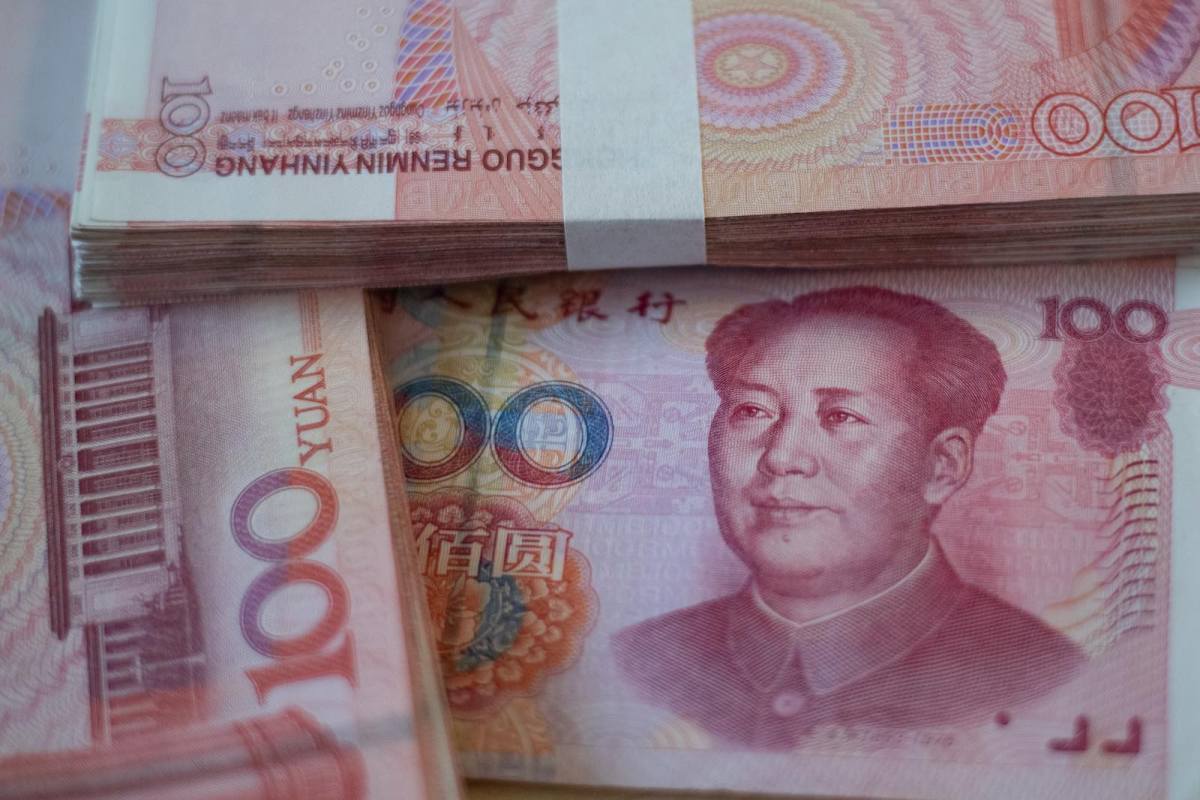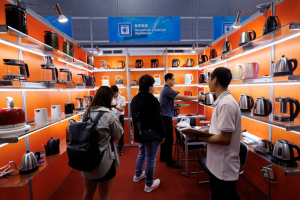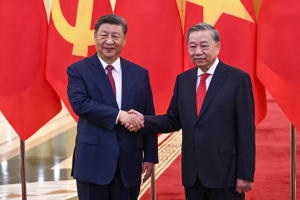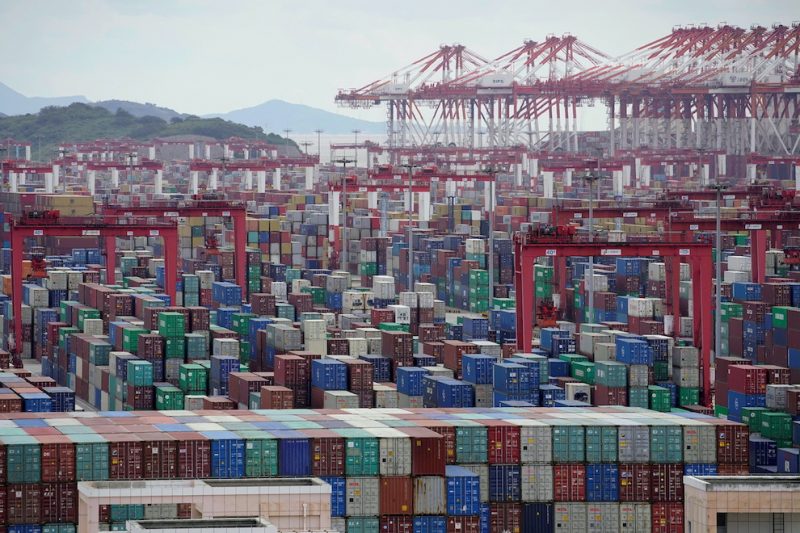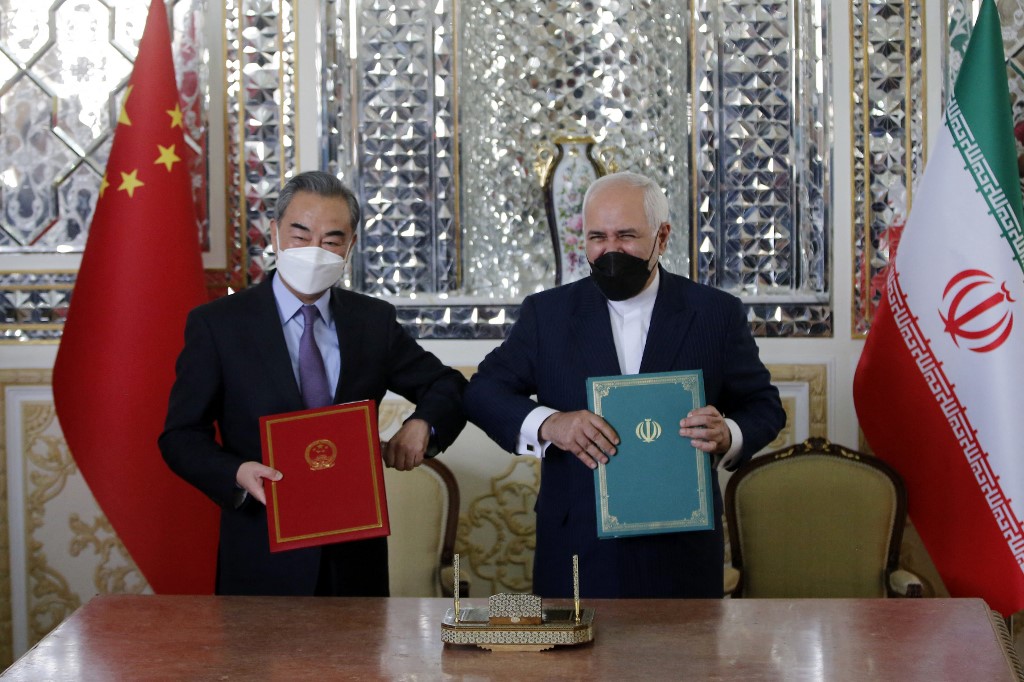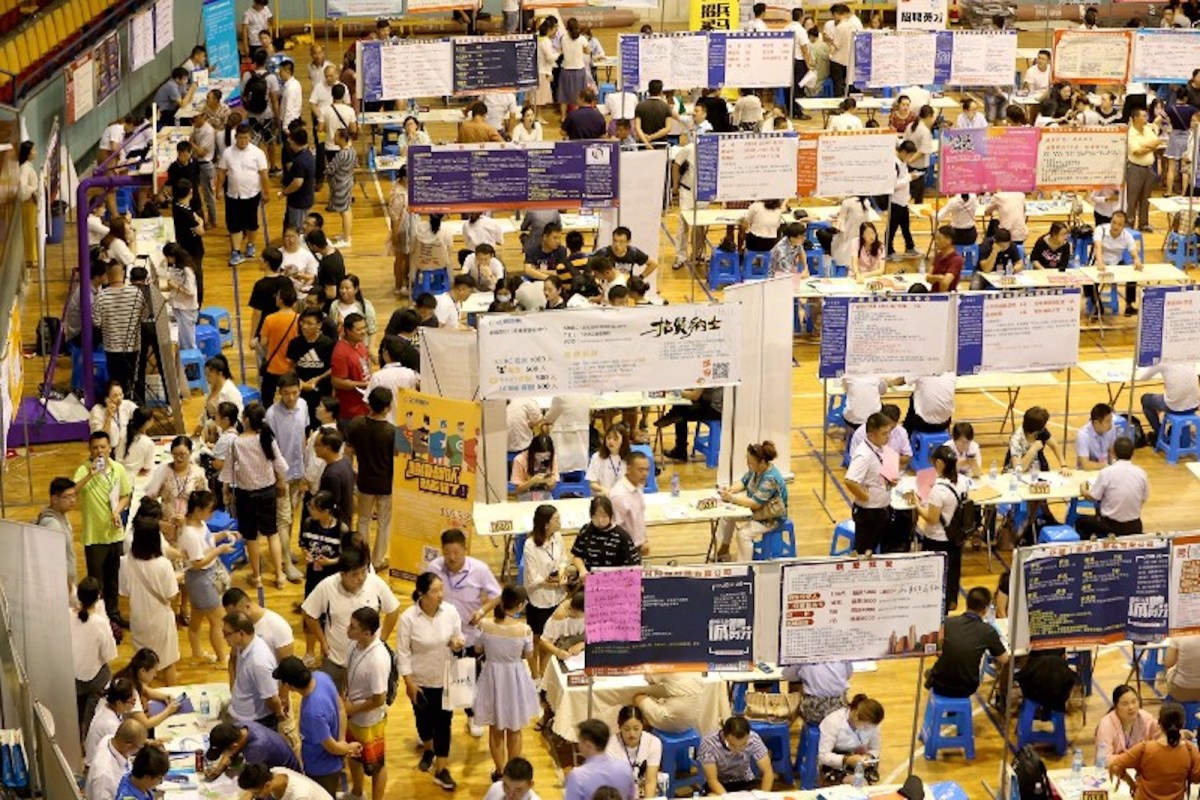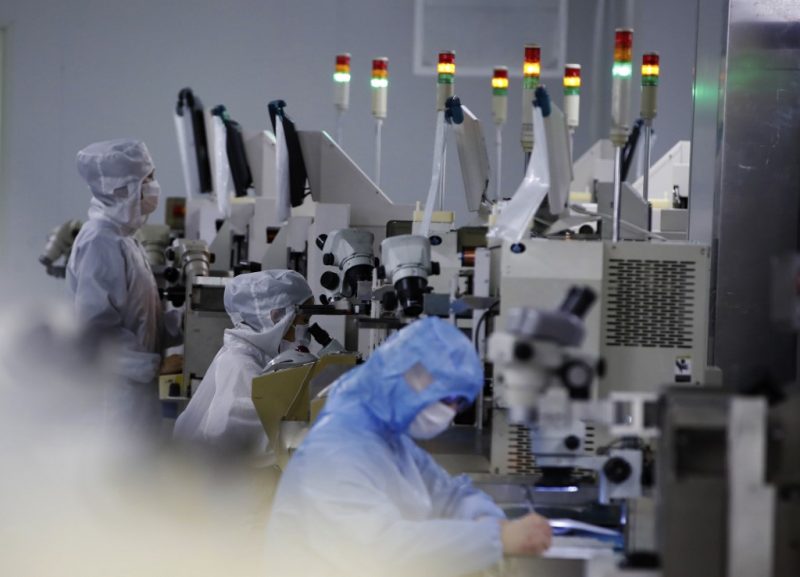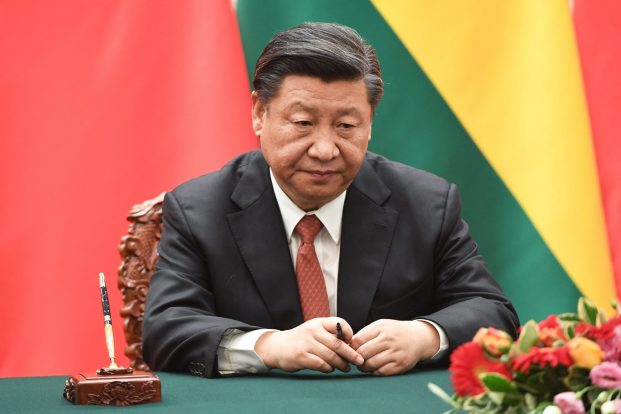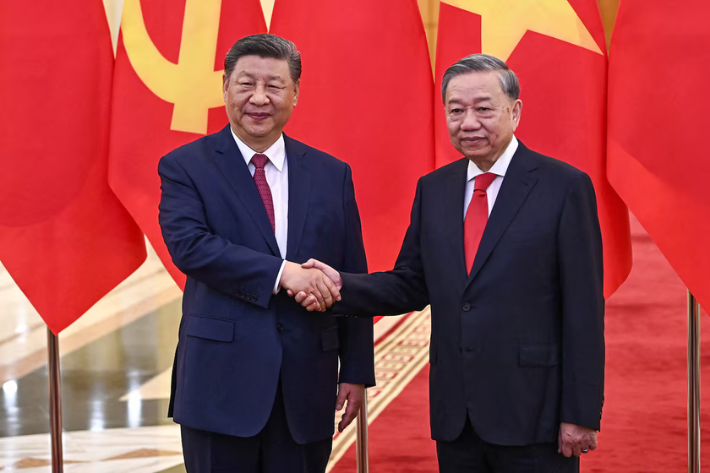(ATF) What looked at first like limited local clusters in Jilin and Liaoning provinces imported from neighbouring Russia, where the coronavirus remains in full bloom, has morphed into renewed community outbreaks of hundreds of infected.
In a familiar pattern, local Communist Party officials have been fired, schools and public transport have again been closed, and tens of thousands quarantined. Northeast China shows all the earmarks of the arrival of the feared second wave … and the rest of Asia – and the world – are watching anxiously.
The future of at least the coming six months – and more likely a year or so – of the Chinese and global economies depends on the ability of countries and governments to contain any second-wave outbreaks. National currencies will be evaluated by that ability or presumed ability, with the exception for now being the US dollar, in effect the world’s only reserve currency.
That’s what explains the reaction of currency markets today. The PBoC set the yuan’s parity at a weak 7.1030 on Monday morning, the weakest since April 3. But that didn’t protect the currency from more downside. At 7pm Hong Kong time, CNY stood at 7.1157. The offshore CNY (CNH) registered 7.1391, threatening to drop further. Clearly, at this stage, virus worries beat the yuan-positive deflationary impulses of the China economy.
Asia currencies across the board, even including the resilient Japanese yen, emulated the yuan and either sunk or barely held their own.
And the US dollar? Sitting pretty at 100.3580 (DXY) and hovering around that level. But EU stocks are well up and US futures point in the same direction. The dollar won’t be called upon to exercise its reserve currency status and will give a little as US markets open.
ALSO READ: US-China chip battle burning firms on both sides




